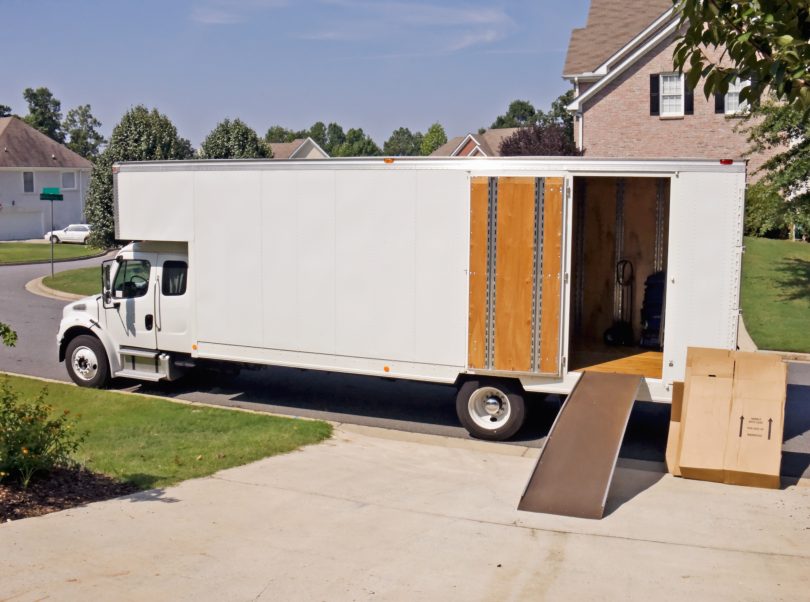When you are preparing to move to a new home, you probably just assume that your moving company will consider it a “one way move” — your belongings are, after all, just making one trip! But the term “one way” actually refers to the locations and equipment you use to move your cargo, not just the direction you travel. To help you get the best rates and clearest understanding of how your moving company classes your move, let us explain a little more.
One-Way vs. In-Town
With a one-way move, you may be renting a truck or having the equipment, like a shipping container, delivered to you and then returned to a different location following the move. The equipment itself, as well as your belongings, make just a one-way trip with no requirement to return them to their original location. This is typical if you are moving long distance as it would make no sense to return your truck to Maine after driving to California. In-town moving, on the other hand, likely means returning your equipment or truck to the same place you picked it up. The equipment makes a round-trip by staying in town.
A Difference in Rates
With a one-way move, you will typically receive a flat-rate quote that uses the distance you’ll travel in miles, the time for which you will have the truck, truck size, and the date of your move (i.e., peak season costs more). If you exceed the allotted mileage, you will be charged an additional fee. You will also be charged if you exceed the timeframe for which you have booked the truck.
For an in-town move, your rates are being calculated by the mile as you drive from point of origin and, eventually, back to the rental location. Base rates can vary by state, city, time of year and day of the week, though typically they are lower from Sunday-Thursday and during “off-season” months. They will also, of course, vary by the size of the truck or trailer you choose to rent. This means it is a bit more difficult to get an estimation of how much your move will cost.
Options for a One-Way Move Truck Rental
One Way Truck Rental
You pick up the truck or have it delivered, drive it to your final destination, and then drop it off at another location or have it picked up by the rental company.
- Pros: It is fairly straightforward since it is the most common of truck rentals, and is typically priced as described above. You are on your own timeline.
- Cons: It is DIY, from start to finish. You put all of your belongings in boxes, haul them to the truck, and make the drive to your new home. You also pay for fuel and need insurance as the driver. If you’re not up for the challenge, have a look at the other options below.
You Pack, We Drive
If you want to save some money by packing the truck but prefer not to be the one driving, many companies will offer the service of a driver.
- Pros: This option is less expensive than hiring a full-service moving company, but you don’t have to take a long road trip in an unwieldy vehicle. The company typically makes the trip fairly quickly too, meaning you’ll have your belongings fast. You can generally add customized options, like additional packing services, unloading help, or even temporary storage.
- Cons: You still have to load the entire truck yourself. The moving company will also likely have specifications about how to load the truck to ensure the load is stable, meaning you need to be attentive to proper loading technique.
Full Service Movers
The moving company will load the truck, drive it, and unpack it. In some cases, you can even hire them to pack for you, or at least take apart large furniture for transport.
- Pros: Many, including having a professional team that will figure out how to get that overstuffed armchair out the front door, carry all the heavy boxes, and does the driving.
- Cons: This is the most expensive option on the list, and you may need to orient your moving schedule around the company’s availability if you are moving a significant distance. The transit may take between 2-4 weeks, and depending on the arrangement with your company, your belongings may make a pitstop along the way and be warehoused. Be sure you understand the expected trajectory of the journey!
If you’re ready to set up your one-way move, compare moving options with Unpakt to see what best fits your needs and your budget.








